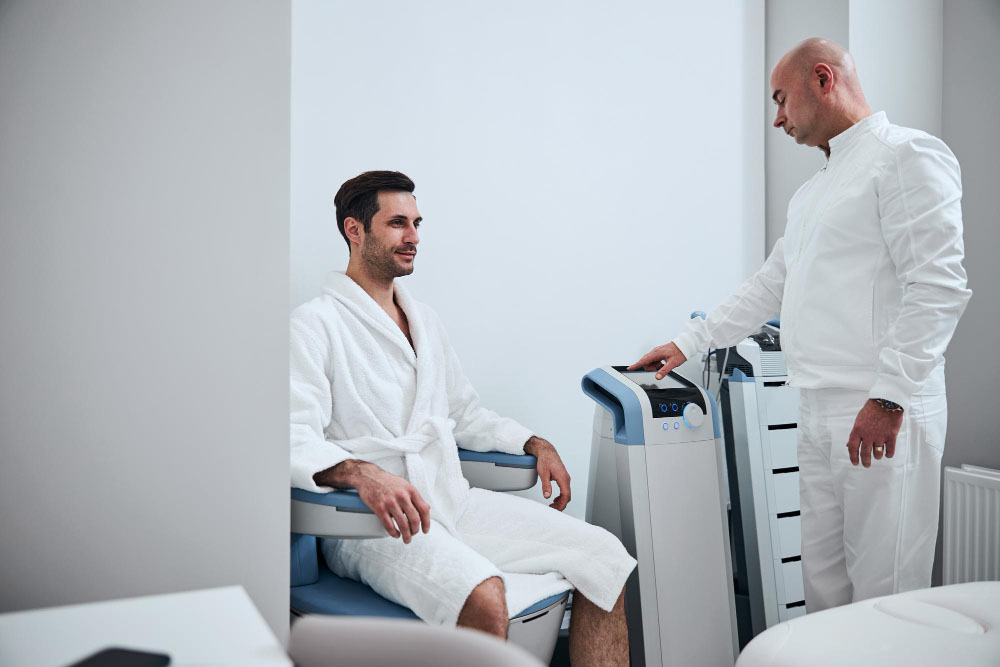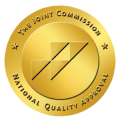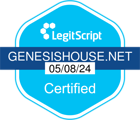America is in the midst of an epidemic of pain medication abuse. The problem is the addictive nature of prescription opioids: a recent report from the “Trust for America’s Health” found double- and triple-digit increases in synthetic opioid deaths from 2016–2017 of both males and females, from all ethnicities, and in every region of the nation. The lesser known treatments are these non habit forming pain medications.
Pain is frustrating and debilitating, and it can take over your life without warning. Unfortunately, opioid-based pain medications can be addictive, which can cause an entirely new set of problems.
It isn’t always simple to manage pain without habit-forming medications, or it wouldn’t be the problem it is … but there are alternatives. The knowledge to protect yourself and your loved ones is more important today than ever before.
Withdraw From Pain Medications
When you have been in chronic pain, it can severely impact all aspects of your life. Trauma and injuries often necessitate pain medication. Any surgeries you may have had might have led you to need pain medication as well. Over time, pain medications, particularly opioid based medications, can lead to dependence.
When you become dependent on pain medication, if you stop taking the medication you will experience symptoms of withdrawal. This can happen to anyone who has relied on pain medication in order to relieve debilitating symptoms. Unfortunately, in addition to withdrawal symptoms, you may also experience a rebound of intense pain while you are detoxing from the pain medication. This can make it almost impossible to stop using on your own.
If you have found yourself experiencing withdrawal symptoms and rebound pain, you will need professional help from addiction specialists in order to recover from your dependence. The first step in your recovery will involve detoxing from the medication. Our addiction professionals will be able to provide supportive care during detox so that your concerns are heard and your needs are met.
Non Habit Forming Pain Medications
According to government statistics, more than 47,000 Americans died from opioid overdose in 2017, a figure which includes prescription opioids, heroin, and the synthetic drug, fentanyl. Any medication requires caution, but the abuse factor makes opioids one of the riskiest.
The good news is that there are safe, effective medications which aren’t habit forming—and more are in development. Also, for many types of pain, it’s been shown that opioids are not more effective than non-opioid medications.
NSAIDs
The most common non-opioid (non-narcotic) pain relievers are nonsteroidal anti-inflammatory drugs (NSAIDs). These are effective against mild-to-moderate pain from many different conditions, including headaches, fever, inflammation, arthritis, sprains, cramps, muscle soreness, and toothaches. NSAIDs are often available over-the-counter.
Out of the nearly two dozen NSAIDs available by prescription, three are available over-the-counter in the US and most countries:
• Aspirin (Bayer, Bufferin, generics) – the most common NSAID is a synthetic derivative of salicylic acid, a natural compound found in foods.
• Naproxen (Aleve, generics) – Treats pain, fever, and swelling. Naproxen is similar to ibuprofen and begins working in just 30 minutes.
• Ibuprofen (Advil, Motrin, generics) – This medicine is effective for pain and fever, and can help with swelling—but its effects wear off quickly and must be readministered every 4-6 hours. The increased risk is associated with long-term use of over three months.
COX-2 inhibitor
There is a newer product that is an NSAID, but It’s a little different to other drugs in this category. The COX-2 inhibitor is a good choice for those who have gastric problems with traditional NSAID drugs. It does have the smallest risk of developing gastrointestinal problems, but it has an increased risk of having a stroke or heart attack. Some say that it’s a little stronger than other drugs in its class, but it’s not habit-forming and a great option for pain.
Acetaminophen
Acetaminophen is the world’s most popular pain medication, otherwise known as Tylenol. It relieves pain by blocking the production of prostaglandins in your system that can cause inflammation and fever. If correctly managed, this is a front-line pain treatment.
Acetaminophen is available over-the-counter and is generally well tolerated—though its effectiveness varies according to the pain condition and the individual’s system. Though considered safe, long-term use at higher dosages does carry some risk, and serious drug interactions are possible.
Tricyclic Antidepressants
Antidepressants have proven helpful with nerve-associated pain such as with fibromyalgia and diabetic neuropathy. Effects come on slowly over the period of a few weeks, not hours, and they’re not habit-forming.
Other Non Habit Forming Medications
For certain conditions or applications, there are other non habit forming pain medications as described below. These require a prescription and medical oversight in the US and most countries.
SNRIs
Non-addictive antidepressants known as serotonin-norepinephrine reuptake inhibitors (SNRIs) are typically quite effective against diabetic neuropathy pain. There are several SNRIs currently on the market.
•Duloxetine (Cymbalta)
•Venlafaxine XR (Effexor XR)
•Desvenlafaxine (Pristiq)
•Milnacipran (Savella)
•Levomilnacipran (Fetzima).
Antiseizure Medications
Certain anticonvulsant medications seem to relieve pain by affecting calcium and GABA levels in your bloodstream. These manage pain from damaged nerves without risk of addiction.
Other medications commonly prescribed include gabapentin and pregabalin which are especially effective in treating shingles-related neuralgia, diabetic neuropathy, and pain from spinal cord injuries. Newer medications have fewer side effects than older medications of this class.
Topical Applications
Pain medicine can be applied to the skin instead of being ingested, so there isn’t a risk of addiction.
An example is the lidocaine patch, a commonly used medication which can be applied to treat shingles-related pain. Another is capsaicin ointment, from the active ingredient of chili peppers, which is effective against joint and diabetic nerve pain.
Holistic Methods for Pain
No rule says that you must pop a pill when you are in chronic pain. Sometimes, the best way to get over pain issues is by working those strained muscles and hurting joints. An exercise is an excellent option that can help to raise serotonin levels in the brain and bring about relief. It may be uncomfortable at first, but many find that by stretching their muscle range and working those sensitive parts, the body activates its healing properties and rushes to those sites to help.
Chiropractic care is another option that uses gentle manipulations of the spine to bring relief. Chiropractors commonly treat chronic back and neck pain. Putting the body back into perfect alignment can work wonders for constant pain.
Summary
It’s not always evident from the media’s reports about opioid pain-killer addiction, but there’s good news, too. A number of safe and effective non-addictive pain medications are available, and there are promising medicines on the horizon.
If you have more questions or concerns, we can help: call us now 123-456-7890.










